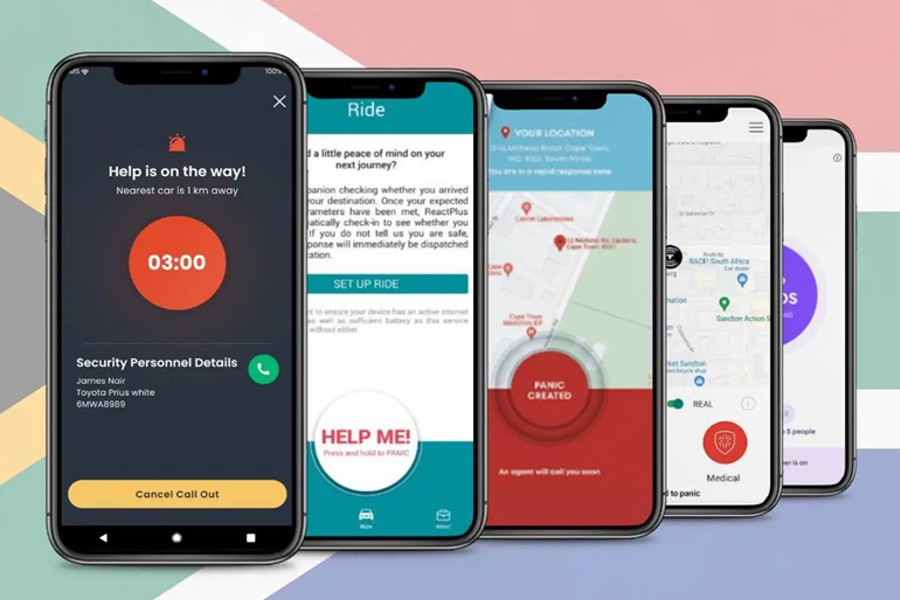
Backtesting is a critical aspect of evaluating the performance of portfolios.
It involves simulating the performance of an investment strategy by using historical data. Portfolio managers use backtesting to determine the viability of a particular investment strategy and to understand the potential risk and reward. In this blog post, we will discuss the importance of backtesting in portfolio performance evaluation and how fund managers can use it to make informed decisions.
Understanding Portfolio Performance Evaluation
Evaluating the performance of portfolios is essential for fund managers. It helps them understand the return on investment and the risk involved. There are several metrics used in portfolio performance evaluation, including return, risk, and volatility. However, evaluating portfolio performance is not without challenges. For instance, it’s difficult to accurately predict future market conditions, and many other factors can impact a portfolio’s performance.
Backtesting in Portfolio Performance Evaluation
Backtesting is a valuable tool in portfolio performance evaluation. It allows fund managers to simulate the performance of a particular investment strategy using historical data. By using backtesting, fund managers can determine the viability of an investment strategy, understand the potential risk and reward, and make informed decisions.
The benefits of using backtesting in portfolio performance evaluation are numerous. For instance, it provides a comprehensive understanding of the performance of an investment strategy over a specific period. It also enables fund managers to identify potential risks and make changes to their investment strategy to minimize them.
Steps in Conducting a Backtest
Conducting a backtest involves several steps, including defining the investment strategy, selecting data for backtesting, setting up the backtesting environment, running the backtest, and analyzing the results.
- Defining Investment Strategy – This involves determining the investment objectives, the type of assets to be included in the portfolio, and the investment criteria.
- Selecting Data for Backtesting – The next step is to select the data to be used in the backtest. This data should be comprehensive and cover a sufficient period to provide meaningful results.
- Setting Up Backtesting Environment – The backtesting environment should be set up to accurately simulate the performance of the investment strategy. This includes selecting the appropriate software and defining the parameters for the backtest.
- Running the Backtest – It is run using the selected data and investment strategy. The results of the backtest will provide insights into the performance of the investment strategy.
- Analyzing the Results – The final step is to analyze the results of the backtest. This involves evaluating the performance of the investment strategy, identifying potential risks, and making changes to the investment strategy as needed.
Considerations When Using Backtesting
There are several considerations that fund managers should keep in mind when using backtesting. For instance, backtesting has limitations, and it’s essential to understand these limitations to accurately interpret the results.
Additionally, fund managers should consider real-world factors when evaluating the results of a backtest. Finally, it’s important to re-test and validate the results of the backtest to ensure their accuracy.
Using Portfolio Backtesting Tools
Portfolio backtesting tools are a convenient and efficient way for fund managers to conduct backtests. These tools provide a platform for conducting backtests and analyzing the results. The benefits of using online portfolio backtesting tools include:
- Speed – Online portfolio backtesting tools allow fund managers to run backtests quickly and efficiently, saving time compared to manual backtesting methods.
- Access to a Wide Range of Data – They provide access to a wealth of data, including historical market data, which is essential for accurate backtesting results.
- User-Friendliness – Many of these tools are designed with user-friendliness in mind, making it easy for fund managers to conduct backtests and analyze the results.
- Customization – Often offers a high level of customization, allowing fund managers to tailor the backtesting process to their specific needs and investment strategies.
- Cost-Effective – Compared to traditional manual backtesting methods, online portfolio backtesting tools can be more cost-effective, making them accessible to a wider range of fund managers.
- Accuracy – They use advanced algorithms to calculate the results of a backtest, providing more accurate results compared to manual backtesting methods.
- Real-Time Results – These tools supply real-time results, allowing fund managers to quickly understand the performance of their investment strategies and make informed decisions.
When choosing an online portfolio backtesting tool, fund managers should consider the features offered, the cost, and the user-friendliness of the platform. It’s also important to consider the data available through the tool and the level of customization offered.
Backtesting is a crucial tool for fund managers in evaluating the performance of their portfolios. It allows them to simulate the performance of an investment strategy using historical data, understand potential risks and rewards, and make informed decisions.
The use of online portfolio backtesting tools has revolutionized the backtesting process, providing fund managers with a convenient, efficient, and cost-effective way to conduct backtests and analyze the results.
Become a Harlem Insider!
By submitting this form, you are consenting to receive marketing emails from: . You can revoke your consent to receive emails at any time by using the SafeUnsubscribe® link, found at the bottom of every email. Emails are serviced by Constant Contact








